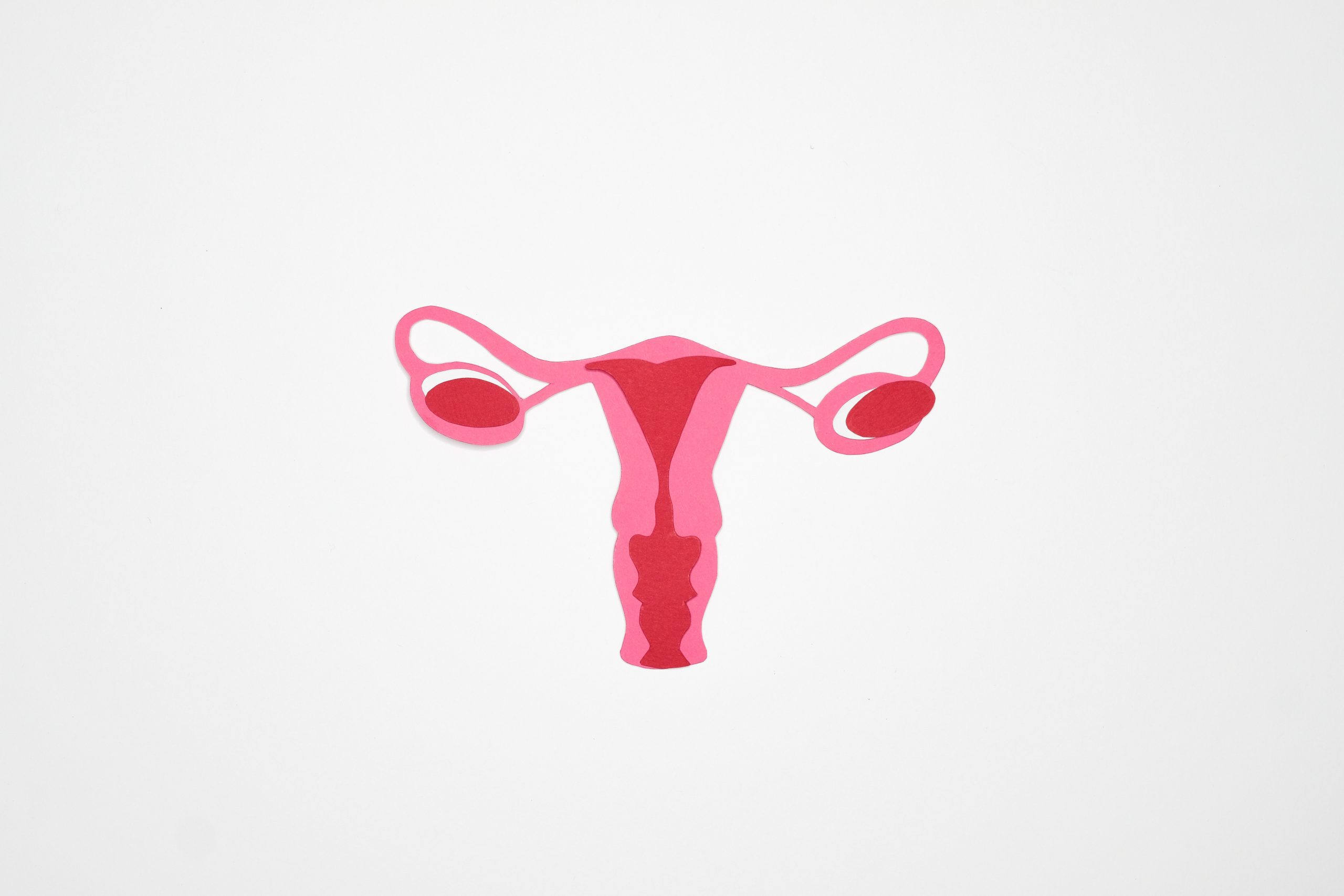The one stop shop for all things endometriosis!
Written by
Kimberly Lush
What is endometriosis?
Not so fun fact: 1 in 10 women of child bearing age are affected by endometriosis. It takes on average 7-12 years to get a diagnosis of endometriosis, and there are no known cures for the condition.
So, what is it?
Endometriosis is a chronic inflammation of the reproductive organs. Your uterus grows endometrial tissue, and it’s normally found on the inside of your uterus. However, with endometriosis, this tissue can grow in other parts of the body, especially in the pelvic area. High levels of oestrogen in the body can stimulate the endometrial tissue to grow and adhere where it shouldn’t be growing and adhering. This leads to pain! And lots of it. This tissue can attach itself to surrounding organs, including your ovaries and intestines.
This can be the cause of a lot of your symptoms, including:
- Pelvic pain (especially around your menstrual cycle)
- Pain during sex
- Abdominal and back pain
- Heavy or irregular bleeding
- Longer periods
- Changes in bowel habits
- Bloating
- Tiredness or low energy, especially around period
The most common form of treatment is laparoscopic surgery, however, dietary strategies in addition to pelvic physiotherapy can help manage symptoms.

01
Can diet actually help?
Yes! Nutrition management may help to slow the progression and growth of endometriosis. This isn’t a cure, unfortunately, but it is a very useful pain management strategy!
Anti-inflammatory eating patterns can help lower inflammation and oestrogen levels! This is where a Mediterranean diet can be handy!
Here’s what to include:
- Vegetables (get LOTS of different colours in!!)
- Fruit
- Legumes and beans
- Nuts and seeds
- Extra virgin olive oil as your main fat
- Fish
- Small amounts of meat (add some vegetarian meals into your week if you can)
- Small amounts of dairy
- Limit saturated fats (ie. in processed meats, baked goods and take away meals)
A high fibre diet helps with the process of oestrogen excretion in the body, which can then help manage symptoms.
- Brassica and cruciferous vegetables are great sources of fibre (broccoli, Brussels sprouts, cabbage, cauliflower, collard greens, kale, turnips, bok choy + more!)
- Wholegrains are also key - make sure you’re choosing low GI options!
As you increase your fibre intake, you should also be increasing your water intake. This helps to prevent any unwanted bowel side effects…
Antioxidants can help to reduce pain and inflammatory markers! You don’t need to take a supplement here, you can get plenty of antioxidants from food alone.
- Dark coloured fruits and vegetables contain a lot of antioxidants! Think dark berries, beetroot, pumpkin, tomatoes and dark leafy greens.
- Dark chocolate and wine are also good sources of antioxidants, so you can have these in moderation too!
- Always use extra virgin olive oil when cooking.
Boost the omega 3 content of your diet. This can assist with inflammation and can promote egg health! If you have endometriosis, you might need more omega 3’s than the average person to see an effect. So, salmon a few times a week + a few chia seeds at breakfast might not do the trick! You may have to be a little bit more deliberate with your omega 3’s.
- Cook with extra virgin olive oil for the antioxidants and high polyphenol content in addition to the healthy fats!
- Try to get some omega 3’s at each meal - nuts and seeds (especially walnuts), eggs, chia seeds, flaxseeds, hemp seeds, salmon, tuna, mackerel + a wide variety of fortified foods! You have plenty of options here.
- Reduce the saturated fat content of your diet to get the most from the good unsaturated fats you’re adding. Think butter, cakes, pastries, processed meats, fatty pieces of red meat/poultry, and take away/fast food. These might have to be reduced to help lower inflammation!
The low FODMAP diet (commonly used with IBS) can help reduce the load of fermentable carbohydrates in the diet and determine which specific FODMAPs exacerbate symptoms, especially bloating and bowel habit changes. The low FODMAP diet can help reduce general abdominal pain as both IBS and endometriosis have a visceral sensitivity component. (This means that gas and bloating hurt more with endometriosis and IBS sufferers!)
- This should always be done under the guidance of a dietitian as the low FODMAP diet can be quite restrictive. This is a therapeutic diet - it isn’t a long term solution!! You don’t want to be strictly low FODMAP forever. You want to find the foods that cause pain and bloating, then eliminate those and only those!
- You must first rule out all other gastrointestinal conditions (ie. Coeliac disease)
02
What shouldn’t you do when trying to manage your endometriosis??
Don’t go gluten, dairy or soy free in an effort to manage symptoms.
Cutting out entire food groups can be risky and can lead to nutrient deficiencies if done incorrectly. It also won’t help you get to the bottom of what is causing your bloating and pain, if it is indeed a food intolerance.
Tips:
- Fructans (a FODMAP) can cause more issues than gluten with endometriosis.
- Many dairy products should still be consumed to ensure calcium needs are being met. A nutritionally adequate diet is key!
- Soy may drive up oestrogen levels, however, you would need to consume A LOT of soy products to actually interfere with your hormones!!
- Fun fact: there is no relationship between eating soy foods and developing endometriosis
03
A quick recap
- Diet is an important part of your endometriosis management plan! Give the Mediterranean diet a go (lots of colourful fruits, vegetables, nuts and seeds, beans and legumes, fish, olive oil, and small amounts of meat + dairy!). This will also help to increase the fibre content of your diet, another important strategy to implement.
- Increasing the omega 3 content of your diet is super beneficial - try to get some good quality fats in every meal if possible.
- Pay attention to the antioxidant content of your diet - get as many dark coloured fruits and vegetables into your day (+ dark chocolate)
- Limiting saturated fats is a great idea. I know all of the most delicious foods have a high saturated fat content. Sure, butter tastes delicious, but dialling it back a little might be a good idea.
- You can try a low FODMAP diet to manage painful abdominal symptoms, however, this should be done under the guidance of a dietitian!

Thanks for reading! Why not subscribe to our mailing list for more great content.

